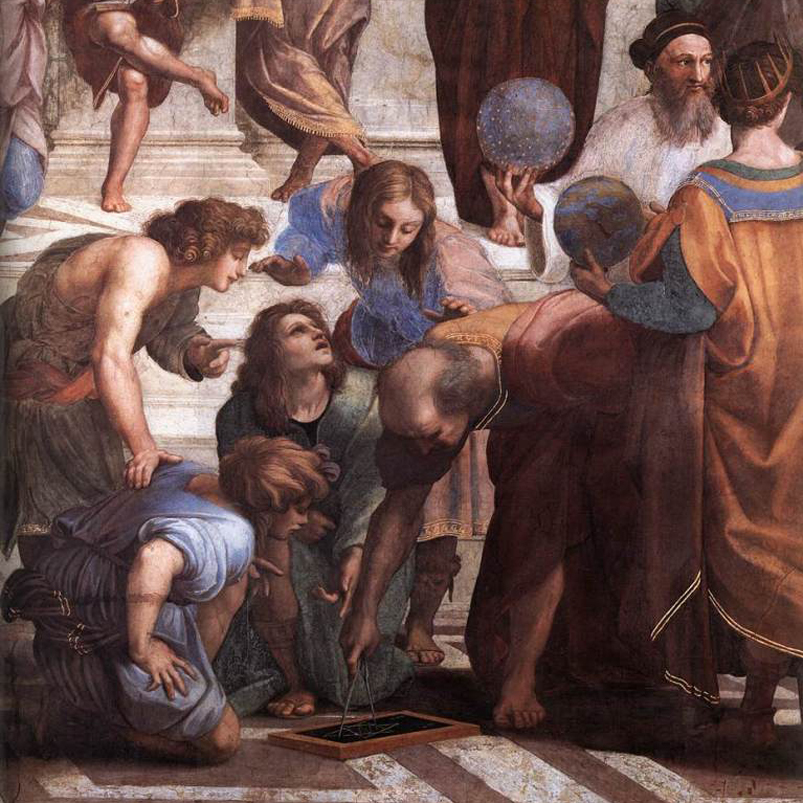Subquantum Telecommunicator

Grupo de Investigação | Research Group:
Filosofia das Ciências da Natureza | Philosophy of Nature Sciences
Parceria entre | Partnership Between:
Centro de Filosofia das Ciências da Universidade de Lisboa, CFCUL
Grupo de Física Teórica, Universidade de Bari, INFN
Instituto Nazionale di Ricerca Metrologica, INRIM
Investigador principal | Principal investigator:
Estado | Status:
Em curso | In progress
Objectivos || Aims
This project has a twofold objective:
One of technological practical applications aiming at developing a way using subquantum waves for communication.
The other of philosophic nature related with the ontic status of the subquantum waves. This important question on the true nature of the quantum waves whether they are mere probability waves, thus devoid of any real physical existence or, on the contrary, they are real waves, in the sense that they describe some real physical entity. This project may contribute to clarify the longstanding philosophical problem of the determinism versus indeterminism in quantum physics
Sumário || Summary
This apparatus uses as information carrier optical subquantum waves also known as de Broglie waves since they were discovered by this great physicist. These waves have a very small amount of energy. In such circumstances their detection till now has proven to be very difficult [Cr03]. However, some experiments done in the best quantum optical laboratories of the world ([ZoGrMa92], [JeSl94] [ZoWaMa91]) have shown the way to accomplish their detection.
The important parts of the project are:
- Production and detection of the subquantum waves
- Encoding and decoding of the subquantum waves
The theory and ideas for developing a concrete generator of these waves has been largely discussed in the scientific literature ([AS80], [Se82], [GrRaVi82], [Cr88], [Cr89], [Cr94], [Cr GrLeMo90]). The generator of subquantum waves is essentially composed of a pumplaser, a nonlinear parametric down converter [Cr03], a beamsplitter, two detectors, a photonic gate and a coincidence device. In order to have the full emitter it is necessary to add the electronic input device plus the encoding system.
Since the energetic level of these waves is extremely small the common detecting processes are unable to detect them. In order to detect these subtle waves it is necessary to develop a highly sophisticated process. Also in this case the methods for detecting these waves have been discussed in the scientific literature [Cr03].
The overall process consists essentially in making a perfectly calibrated symmetric Mach-Zehnder interferometer [Cr03]. A stable laser source feeds this interferometer and since the interferometer is well balanced only on output port detects light. When the subquantum wave packet, the input sign, arrives from outside at the other inputport as a kind of disturbance this wave interferes with the waves following in the interferometer. Due to the fact that the entering subquantum waves carrying the information have a relative random phase the initial equilibrium conditions of the interferometer is broken producing a decay in the counting number. Each differential in the stable counting rate corresponds to an arrival of a subquantum wave packet. This differential in the counting rate can now be electronically registered.
These signs produced by the detector feed the decoder that reconstructs the original message.
As understood this is a breakthrough technological project standing on the some foot with Marconi wireless telegraph experiments. From Maxwell equations it was seen that the electromagnetic field propagates in space by waves. Hertz did the early experiments indicating the existence of such waves. Then, Marconi was able to put these basic ideas into practice producing the wireless telegraphy.
Observation
Recent experiments [MePuhHeuSch12], [MeHeuPuhDecHilSpa13], done in Germany, have shown the ontic reality of the subquantum waves. These results constitute a great encouragement for the development of the project.
For more info please see: Revision of literature and Experiments
Equipa Portuguesa || Portuguese Team
Amaro Rica da Silva
João Luís Cordovil
José Croca
Mário Gatta
M. Silva
P. Alves
Rui Moreira
Italian Team || Equipa Italiana
Marco Genovese
Milena D'Angelo






